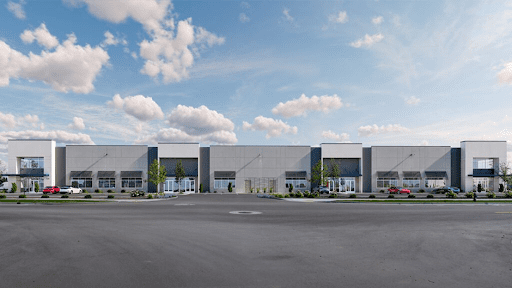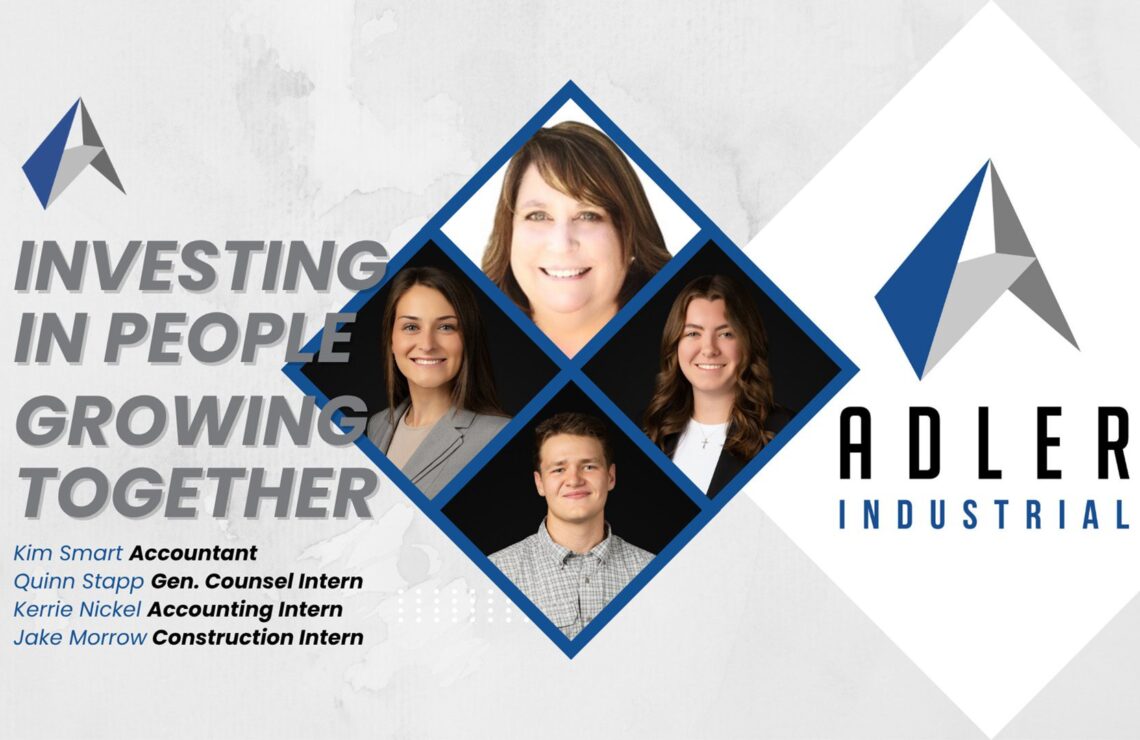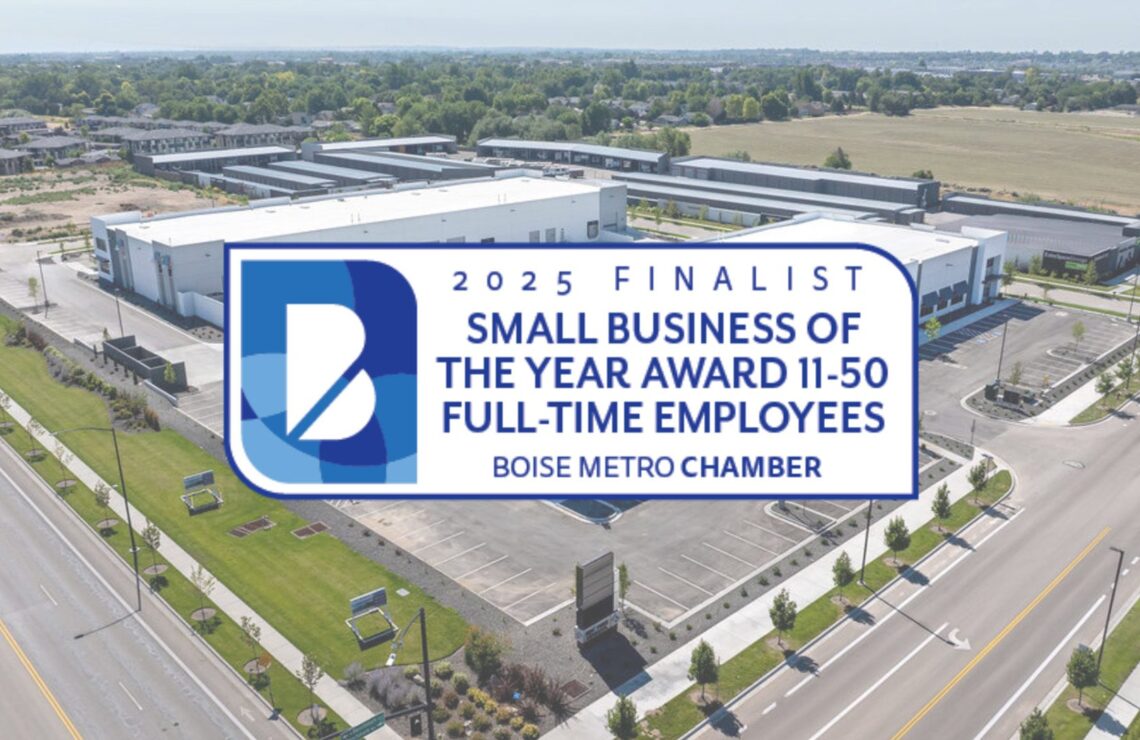Speed to market has evolved from being a nice extra to becoming a critical driver of business success, especially for Industrial Real Estate Developers for Logistics Companies. In an age where technology and consumer expectations move at lightning speed, companies no longer compete solely on price or quality; they compete on how quickly they can deliver. Whether it’s a last-minute e-commerce purchase, a vital shipment of medical supplies, or a high-value technology component that needs to hit an assembly line the next morning, speed is the factor that determines who leads and who lags in the market.
The pressure is relentless. Same-day and next-day delivery are no longer seen as premium services; they’ve become the baseline expectation. A single delay, sometimes even just a matter of hours, can lead to lost sales, missed contractual obligations, and long-term damage to brand reputation. In industries like pharmaceuticals or fresh food distribution, the stakes are even higher, with product integrity and safety on the line.
This urgency has fundamentally reshaped the logistics industry. It’s no longer enough to invest in an efficient transportation fleet or a talented operations team; those are just the starting points. The real difference-maker is the facility itself: the physical hub where goods are received, processed, staged, and dispatched. If that hub isn’t strategically located, intelligently designed, and equipped for high-speed operations, the entire supply chain slows down.
That’s where industrial real estate developers for logistics companies deliver value that goes far beyond construction. We design, position, and equip facilities to eliminate friction from the distribution process. The right building, in the right place, with the right internal flow can cut hours, or even days, from delivery schedules, reduce handling errors, lower operational costs, and enable smooth scaling during peak seasons. At Adler Industrial, we see every logistics hub as a strategic asset, one that directly impacts how fast, efficiently, and profitably a company can move products from supplier to customer.
Understanding the Logistics Industry’s Time-Sensitive Needs
Logistics, by its nature, is a race against time. But the pace, complexity, and requirements vary dramatically depending on the type of goods being handled. A facility managing e-commerce orders needs to be optimized for speed in high-volume picking, sorting, and small-parcel dispatch. In contrast, a hub that handles perishable goods, such as seafood, produce, or frozen items, must integrate precision temperature controls, cold-chain infrastructure, and rapid turnover to preserve freshness. For high-value shipments, including electronics, jewelry, or pharmaceuticals, the challenge lies in blending security and compliance requirements with speed, ensuring goods remain protected without introducing delays.
Each of these scenarios demands a tailored approach to facility development. That’s why we don’t just ask our clients what they’re shipping; we dig deeper to understand exactly how their products move through the system. We study every stage of operational flow, from the moment a shipment arrives at receiving docks to its staging, storage, picking, packing, and final departure. This analysis allows us to engineer a facility that supports continuous, frictionless motion rather than stopping and starting at every step.
Our layouts often feature dedicated inbound and outbound traffic flows to prevent congestion, ensuring that incoming goods never conflict with outgoing shipments. For high-priority items, we design specialized handling zones where products can be processed immediately without entering general storage. And because peak seasons can create unpredictable surges, we incorporate flexible staging areas that can be reconfigured quickly, adding more packing stations or creating temporary cross-docking lines, to handle sudden volume spikes without disrupting standard operations.
This level of customization is what allows logistics companies to meet real-time delivery targets consistently. It’s not about building a “bigger” facility, it’s about building a smarter one, where every inch of space is intentionally designed to serve the client’s speed-to-market strategy.
Strategic Location Development for Faster Distribution
A facility’s internal efficiency matters, but if it’s in the wrong location, its performance will always be limited. For logistics companies aiming for speed to market, location selection is just as critical as layout and technology. The closer a facility is to the right transportation hubs, the more competitive it becomes. That’s why we target sites near airports for time-sensitive air freight, seaports for global container traffic, rail terminals for high-volume bulk goods, and interstate highways for regional trucking routes. These proximity advantages reduce transit times, cut fuel costs, and allow companies to offer faster delivery commitments to customers.
In today’s logistics models, the regional fulfillment center has become essential. Instead of relying on a single massive warehouse to serve an entire country, businesses are shifting to multiple smaller hubs positioned closer to major customer clusters. This “hub-and-spoke” model shortens the distance between inventory and end users, making next-day or even same-day delivery feasible without unsustainable shipping costs. We plan each site location to fit seamlessly into such a network, ensuring that goods are staged exactly where demand is concentrated.
Last-mile delivery is another deciding factor. Even a location that’s excellent for bulk distribution can fall short if it’s poorly connected to urban areas. That’s why we analyze traffic patterns, highway access points, urban congestion zones, and road capacity to make sure last-mile routes are as efficient as the long-haul segments. If drivers lose precious minutes navigating clogged streets or indirect routes, overall delivery speed suffers.
A fast facility also needs a skilled, available workforce and reliable community infrastructure. We assess local labor markets to ensure staffing needs can be met year-round, including peak seasons. We also consider utility capacity, electricity, water, and internet reliability, because high-volume operations can’t afford outages or capacity shortages. Every site we choose is evaluated for long-term viability, so companies don’t face future roadblocks as they grow.
Facility Design to Maximize Throughput and Minimize Downtime
Once the right location is secured, the next priority is creating a layout engineered for speed, accuracy, and adaptability. In logistics, every second counts, so we make sure that every square foot of space contributes to throughput, the rate at which goods flow from inbound to outbound. Our goal is to minimize bottlenecks, reduce unnecessary handling, and keep operations running smoothly at all times.
We begin by mapping the product journey within the facility. This means designing a logical, linear flow: receiving docks are positioned for direct, fast unloading; goods move into designated storage or cross-docking zones without delay; picking and packing stations are strategically placed to reduce worker travel time; and outbound docks are easily accessible for loading. This kind of streamlined flow reduces handling time, prevents product congestion, and supports faster dispatch.
Advanced dock configurations play a big role here. We implement cross-docking setups for time-sensitive products, where goods are transferred directly from incoming trucks to outbound trailers without going into long-term storage. For storage that is necessary, we use high-clearance racking systems to increase density without sacrificing accessibility. Wide aisles and optimized column spacing ensure that multiple forklifts or automated guided vehicles (AGVs) can move at once without traffic jams.
Automation is a force multiplier for throughput. We integrate robotic picking systems, high-speed conveyor lines, automated sortation equipment, and AS/RS (Automated Storage and Retrieval Systems) that cut order processing times dramatically. With the right automation, companies can process more orders in less time while maintaining high accuracy levels, which is critical for meeting same-day and next-day delivery promises.
Finally, we design for flexibility. Seasonal peaks, flash sales, or sudden market shifts can cause demand spikes that strain fixed layouts. To prepare for this, we include modular packing stations, movable racking, and open staging areas that can be reconfigured quickly. This adaptability allows companies to scale operations temporarily without disrupting their core workflows, ensuring they can meet demand without losing efficiency.
Scalability for Long-Term Speed to Market Goals
In logistics, designing for today’s needs without anticipating tomorrow’s growth is one of the most costly mistakes a company can make. Consumer behavior shifts, new product lines emerge, delivery expectations tighten, and technology evolves at a rapid pace. That’s why every logistics facility we develop is planned with scalability as a core design principle, not as an afterthought.
We approach scalability in multiple layers. First, modular construction methods allow a facility to expand in phases without interrupting current operations. For example, a logistics hub might open with two high-capacity loading bays but be engineered to easily add four more as volumes increase. This is possible because we design the structural footprint, utility pathways, and site layout with future expansions already mapped out. This foresight eliminates the need for disruptive and costly relocations when growth inevitably arrives.
Second, we build overcapacity into critical infrastructure. Electrical grids are configured to power future automation equipment, HVAC systems are designed to maintain climate control in additional square footage, and plumbing networks are sized to accommodate increased water usage. This forward-thinking infrastructure planning ensures that when new technologies, like AI-driven order fulfillment systems, expanded cold chain units, or high-speed sortation lines, are added, the facility can integrate them seamlessly without major retrofits.
Scalability also extends to preparing for emerging delivery methods. We are already factoring in dedicated areas for drone launch pads, autonomous vehicle docks, and hyper-local micro-fulfillment hubs within larger distribution centers. These spaces may sit unused at first, but having the structural reinforcement, electrical connections, and spatial clearance in place allows logistics companies to activate them quickly when market adoption makes sense. In a competitive industry, being ready to implement these innovations at short notice can mean capturing market share before competitors.
By embedding scalability into the DNA of the facility, we help logistics companies not just keep pace with the market but stay ahead of it, ready to scale at the speed of opportunity.
Technology Integration and Sustainability in Logistics Facilities
Speed to market isn’t just about trucks and timing; it’s about having the right technology ecosystem embedded into the facility itself. Modern logistics hubs are digital as much as they are physical, and we design them to support cutting-edge operational systems from day one.
We start by ensuring robust technology infrastructure. This means full wireless coverage across every inch of the facility, high-capacity data cabling, and redundancy measures that keep systems online even during outages. With this foundation, logistics companies can run real-time tracking systems, RFID tagging, IoT-enabled inventory monitoring, and AI-powered demand forecasting without interruption. This connectivity also supports advanced automation equipment like robotic pickers, automated guided vehicles (AGVs), and high-speed sorters, all of which require reliable, low-latency communication to function at maximum efficiency.
On the sustainability side, we know that environmental responsibility and operational efficiency go hand in hand. We integrate energy-efficient HVAC systems with zoning controls, LED lighting equipped with motion and daylight sensors, and advanced insulation materials to reduce energy consumption. Where conditions allow, we install renewable energy solutions like rooftop solar arrays or wind turbines to offset electricity usage and lower operating costs.
Sustainability also extends to materials and water use. We incorporate sustainable construction materials with low environmental impact, install water-saving fixtures and rainwater harvesting systems, and design waste reduction programs that streamline recycling and minimize landfill output. Many of our clients also seek LEED or WELL building certifications, which not only help meet environmental regulations but also serve as a visible demonstration of corporate responsibility to investors, customers, and partners.
We tie technology and sustainability together through smart building systems. Automated climate control adapts to occupancy levels and outside weather conditions to maintain efficiency. Predictive maintenance systems use sensors to detect when equipment needs servicing before a breakdown occurs, reducing downtime and extending equipment life. Energy monitoring dashboards track usage patterns in real time, enabling managers to identify cost-saving opportunities without sacrificing performance.
By integrating both advanced technology and sustainable design, we create logistics facilities that are faster, smarter, greener, and more resilient, helping companies meet their speed-to-market goals while also reducing their environmental footprint and long-term costs.
Conclusion
Speed to market is no longer just a logistics objective; it’s a business imperative. The right facility design, location, and technology integration can mean the difference between leading the market and falling behind. Industrial real estate developers for logistics companies provide the physical foundation for these strategies, ensuring that every aspect of a building, from its location to its loading docks, is optimized for speed, efficiency, and adaptability.
At Adler Industrial, we specialize in delivering high-performance logistics facilities that help companies reach their markets faster and more efficiently. From strategic site selection and advanced layout design to future-ready scalability and sustainable operations, we create spaces that keep goods moving and businesses growing.
If your goal is to reduce lead times, improve order accuracy, and strengthen your competitive edge, we’re ready to help. Learn more about how Adler Industrial can support your speed to market strategy.




